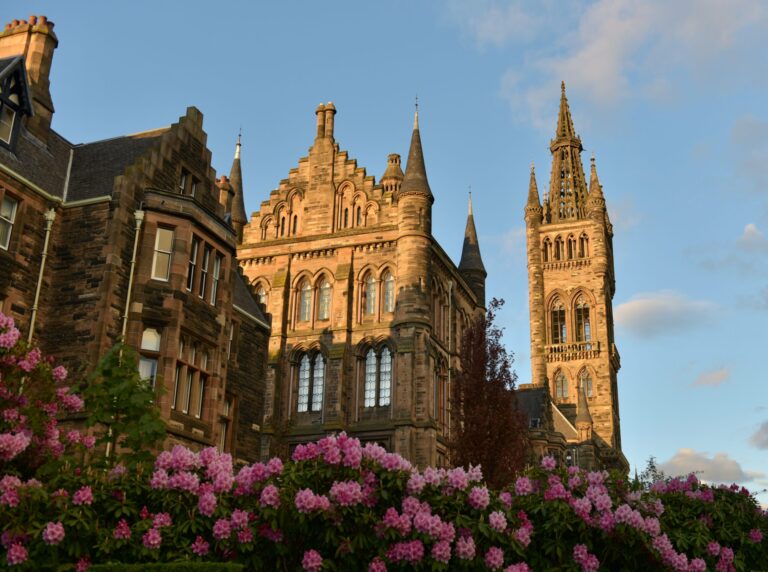
For travelers, architecture’s power to create a sense of place cannot be underestimated. From arches, columns, and mosaics to roof shapes, window styles, and ceiling heights – it all works together to craft surroundings that help fully immerse you into your destination.
Below we highlight six locations and architecture styles that convey the transportive, “out of this world” feeling you may be searching for when you travel abroad. If a strong sense of place is a priority for your next trip abroad, consider booking your next flights to the cities below and experience them for yourself.
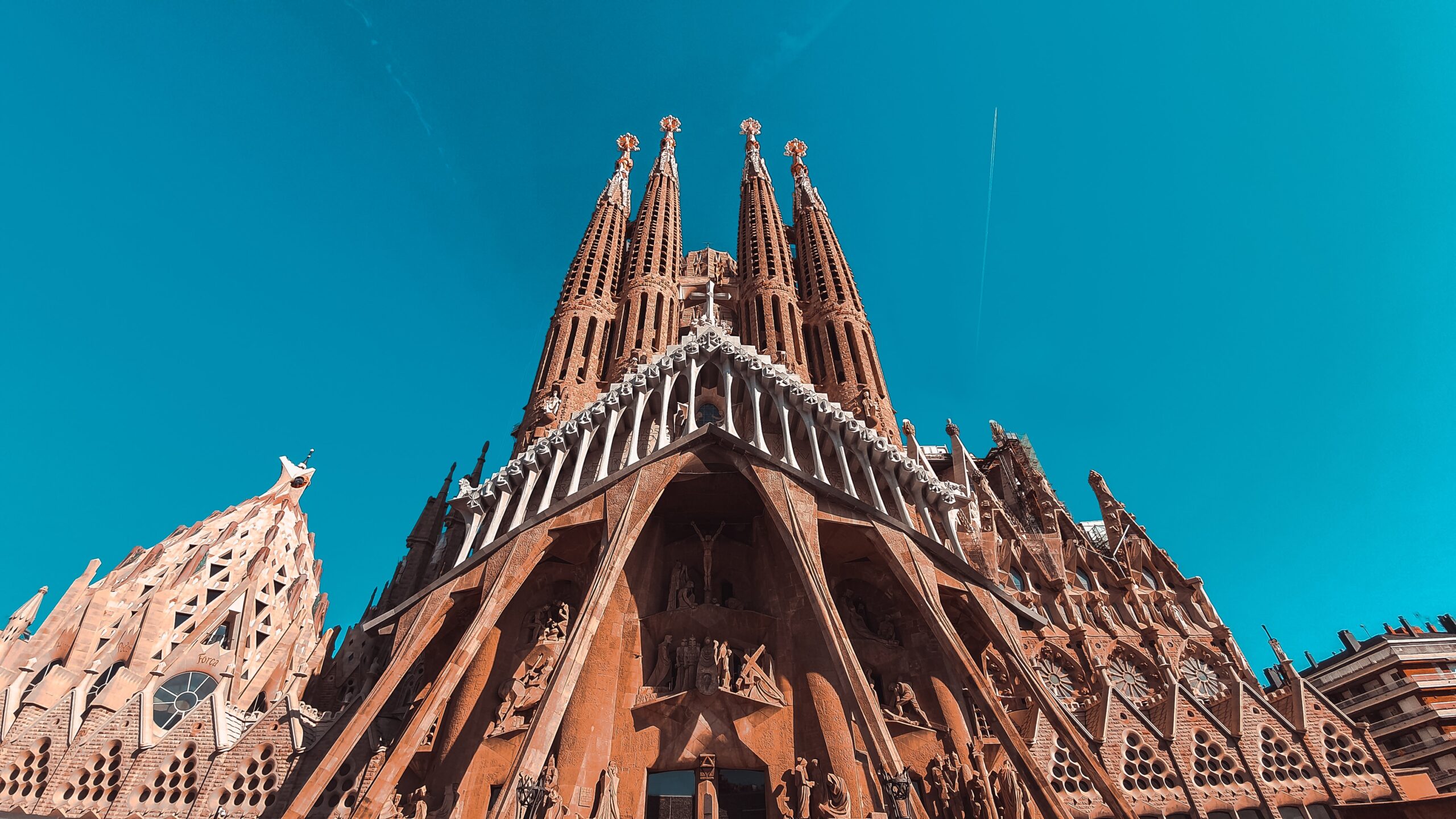
Much of the flowing, organic, and colorful architecture of Barcelona, Spain, sprouted from the mind of Antoni Gaudí, a radical architect of late 19th century. Known as Catalan Modernism’s “golden boy,” Gaudí undoubtedly left his mark on Barcelona, and many of his iconic works defined and exemplified this style of architecture. A paradigm of Catalan Modernism is the fantasy-esque Sagrada Familia (pictured above). With tree-like columns, honeycomb gates, vine-inspired frieze, animal-shaped gargoyles, and grass- and crystal-shaped pinnacles, the cathedral is perhaps the best-known example of Gaudí’s work and his personal magnum opus.
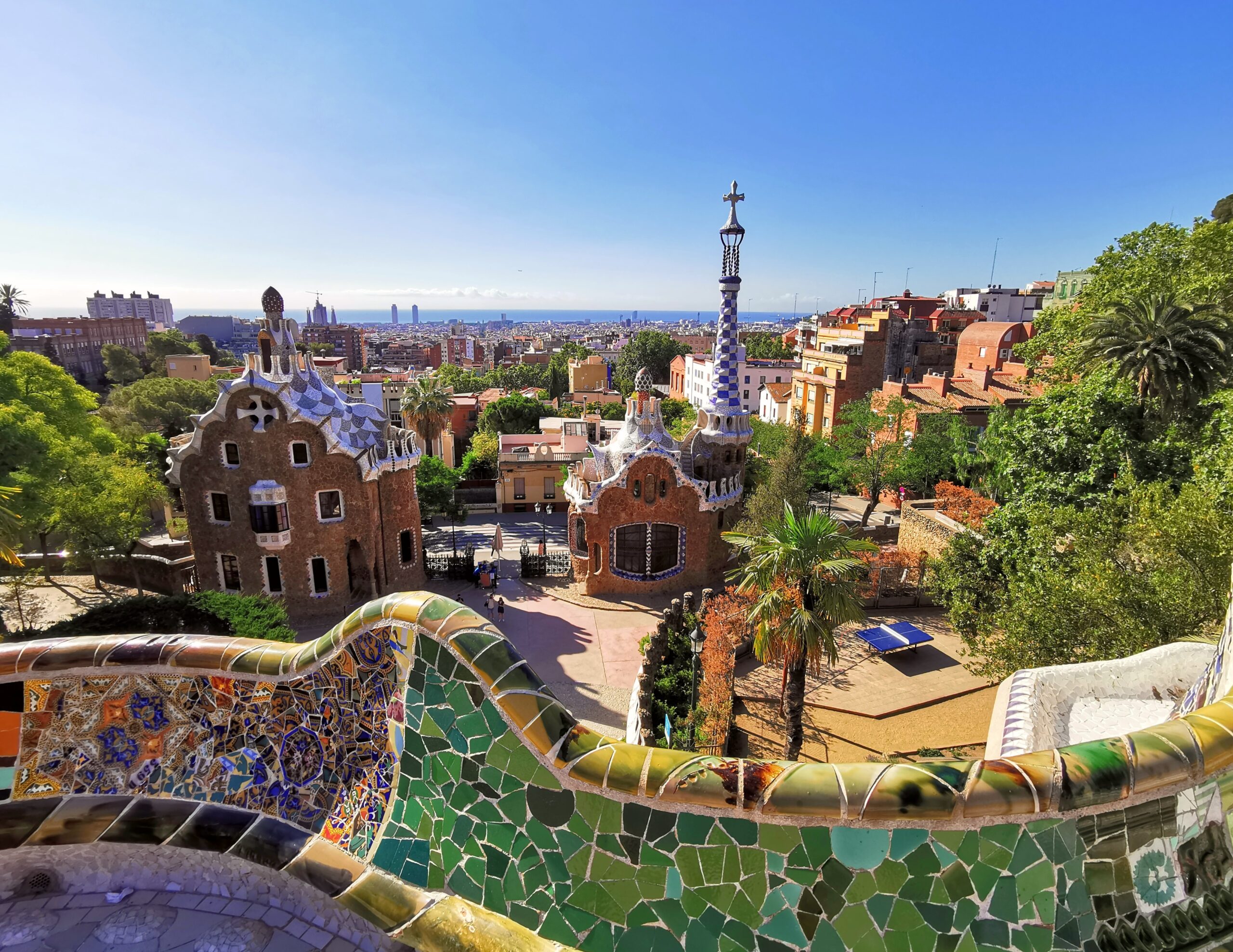
Park Güell, one of Barcelona’s iconic attractions and another of Gaudí’s most famous works, provided Gaudí with the freedom to unleash his architectural genius and perfect his nature-inspired style; however, he also prioritized incorporating cultural, political, and religious symbolism. The result: a community-focused residential and recreational area that is both significant in meaning and beauty.
You can see more of Gaudí’s fantastical architecture on two of our tours: Across Spain and Portugal on Days 14-17, and on Paradores & Pousadas’ optional post-tour extension to Barcelona.
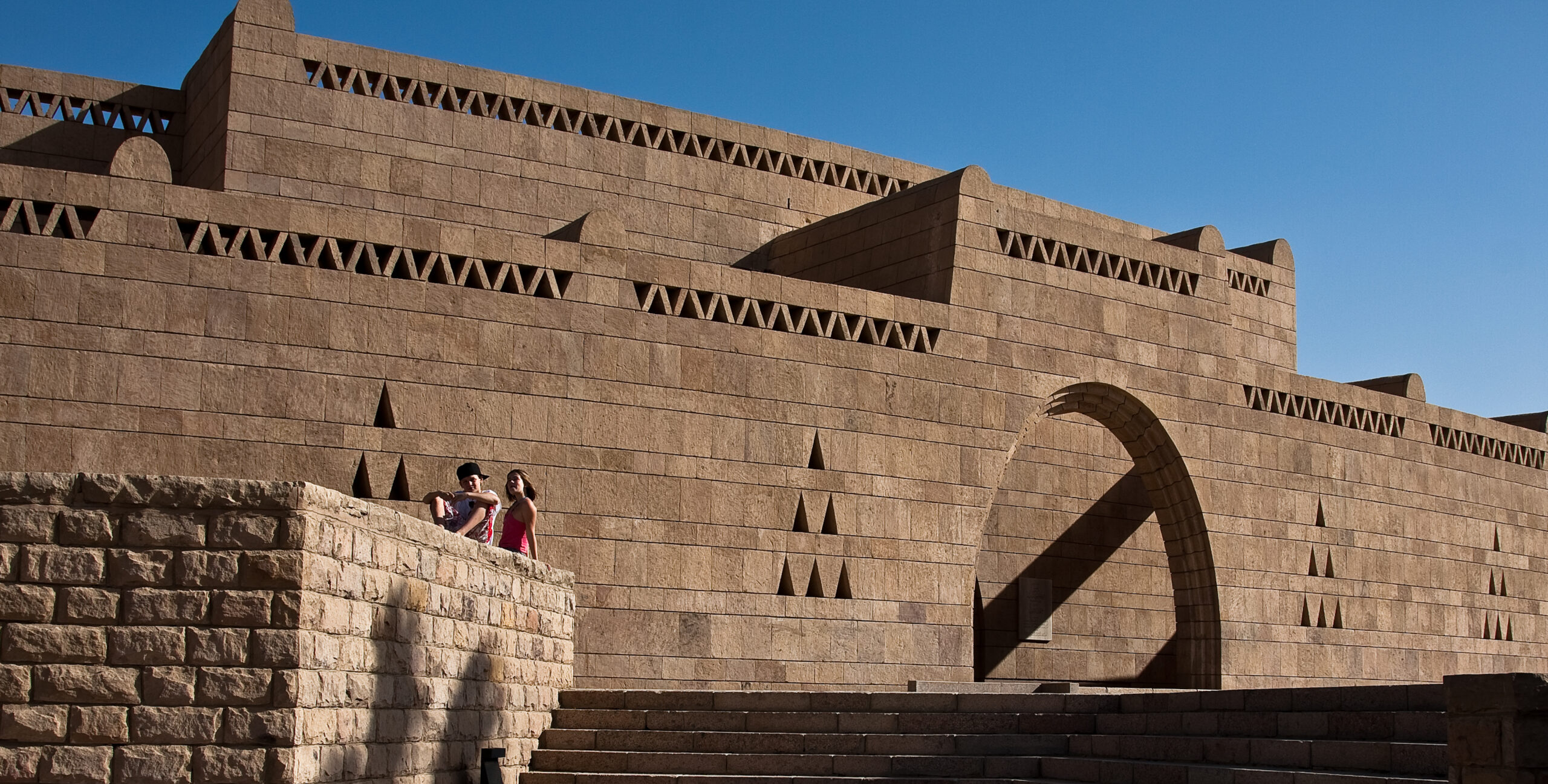
Alongside ancient ruins and Egyptian temples in Aswan, Egypt, sits the Nubian Museum, an acclaimed showcase of Nubian art and architecture. The sandstone building incorporates many of the geometric features of traditional Nubian architecture: rounded archways, rectangular courtyards, and triangular windows and embrasures. Built in 1997, the museum received the Aga Khan Award for Architecture in 2001 and is renowned as a primary center of African and Middle Eastern archaeology and scholarship.
Want to see this museum for yourself? We visit it on Day 5 of our Egypt & the Eternal Nile tour.
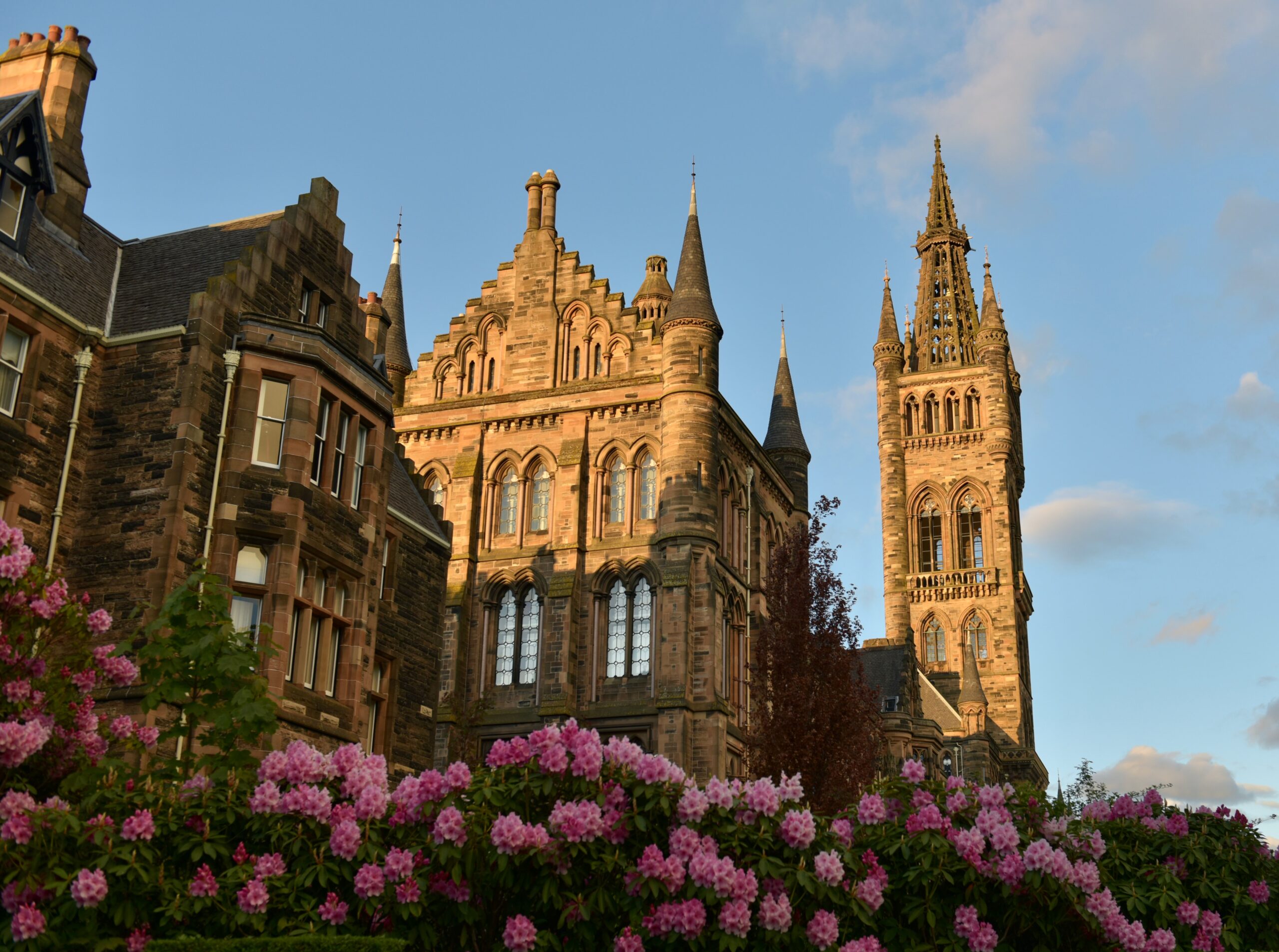
Though Glasgow has a rich medieval history, very few structures from that time survived; instead, 19th-century Victorian buildings have the strongest presence, with notable examples including Glasgow City Chambers, Kelvingrove Art Gallery and Museum, and the University of Glasgow (pictured above).
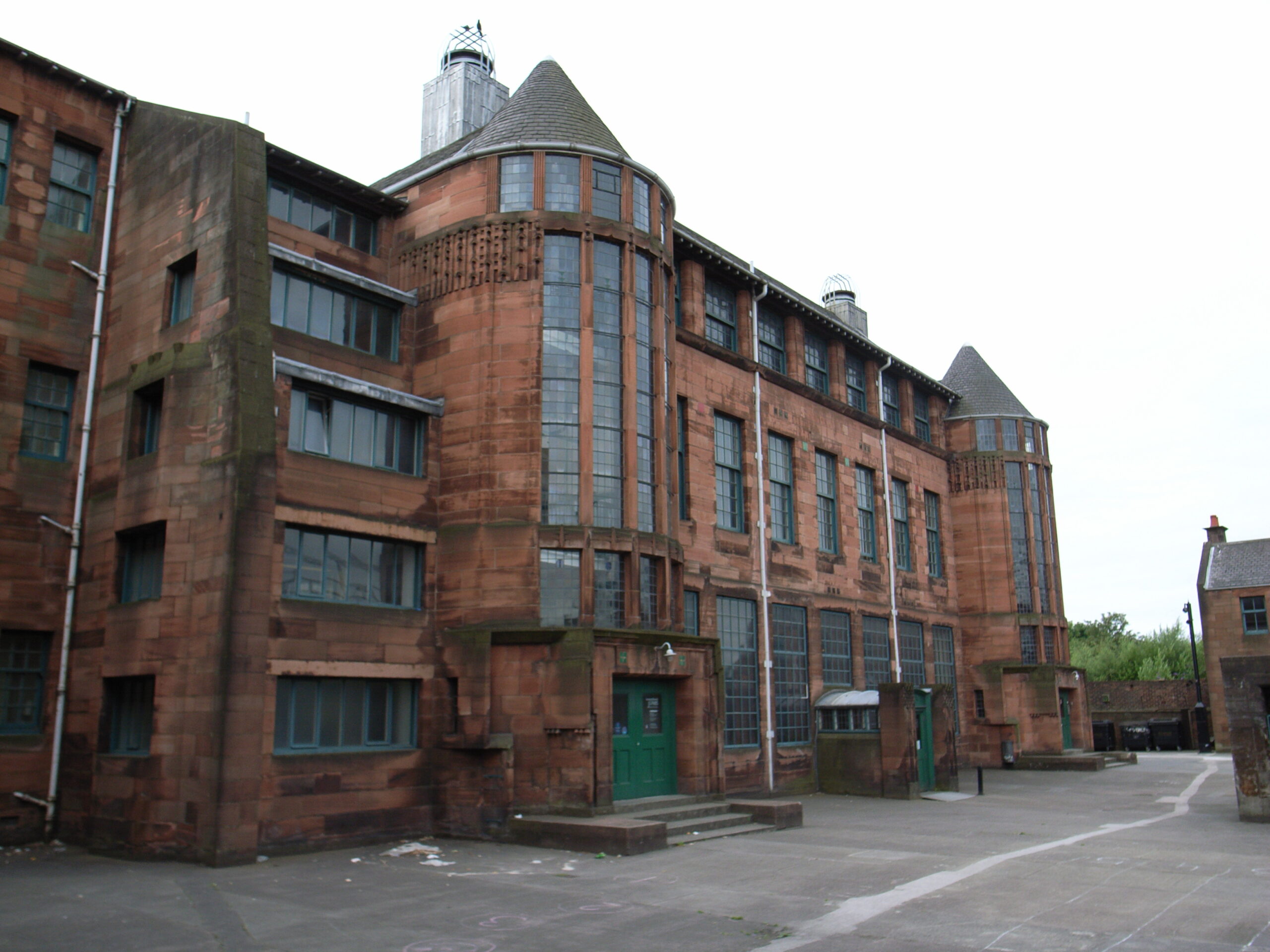
However, it is the mix of Victorian, Edwardian, Spanish Baroque, Celtic Revival, Arts & Crafts Movement, and Japonisme architecture styles that combine to create the famous “Glasgow Style” that thrived between 1890–1910. For example, the Scotland Street School Museum (pictured above), designed by Charles Rennie Mackintosh, combines Scottish baronial-style tower staircases, British Art Nouveau architecture, and large, modern windows; the intermingling of these seemingly opposing styles is what makes “Glasgow Style” so iconic.
We view many examples of “Glasgow Style” architecture during our city tour on Day 3 of Scotland: Highlands and Islands.
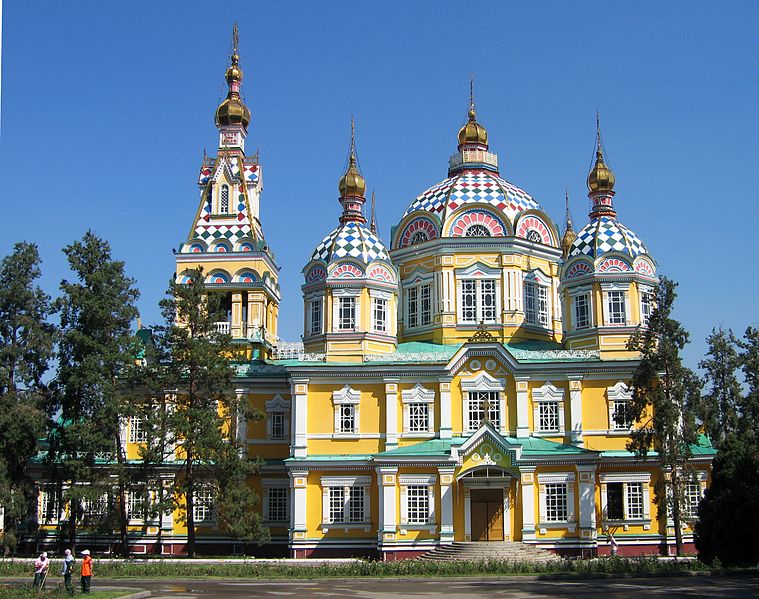
Much of Almaty, Kazakhstan’s buildings are influenced by neo-Russian architecture, thanks to the mass arrival of Russian settlers in the 1850s which sparked the rapid growth of the city. One example of neo-Russian architecture here is Ascension Cathedral (pictured above), which we visit on Day 6 of our Along Central Asia’s Silk Road tour. This wooden building displays the characteristic domed rooftops, arched decorations, and bright colors typical of the style.
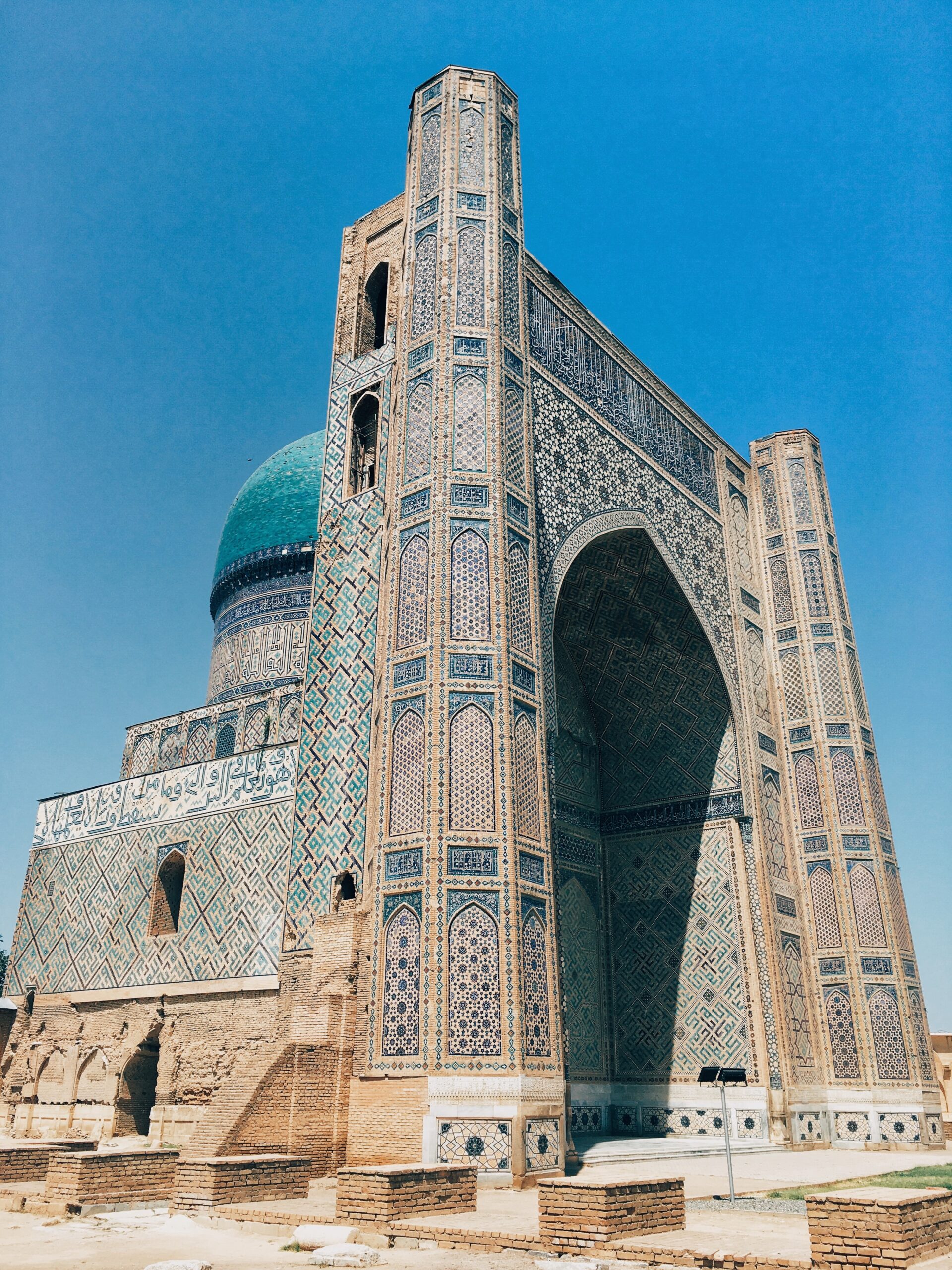
However, Russian migration did not erase the early Mughal influences that remain to this day in Central Asia. One of the earliest examples of Mughal architecture, in fact, is Tamerlane’s tomb, called Gur Emir Mausoleum (pictured above, visited on Day 15 of our Silk Road tour). Intricate mosaics of glazed bricks, gildings, and paintings surround an azure domed roof, with minarets towering over the four corners of the building – all staples of the Mughal style. Built in 1405, the tomb is one of the earliest examples of Mughal architecture and served as a model for all later Mughal-style buildings, including the Taj Mahal.
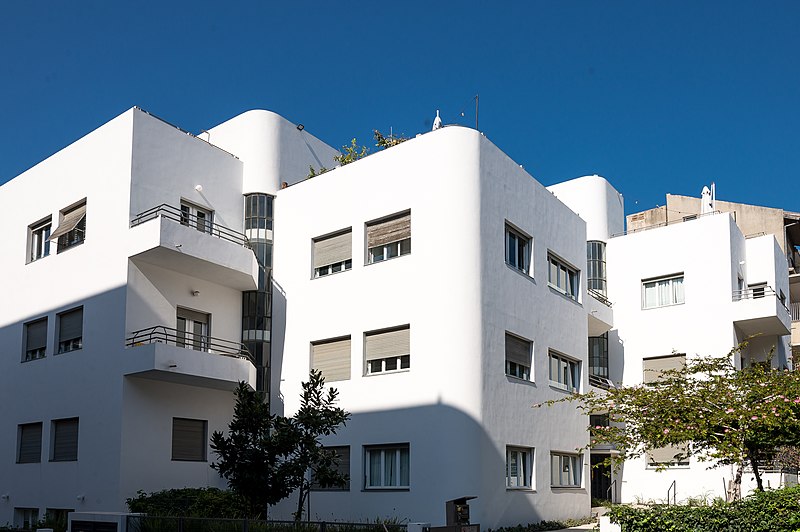
Though German in name and founding, Bauhaus architecture has the strongest presence in Israel, thanks to German Jewish architects who emigrated during the rise of Nazi power in the 1930s. Tel Aviv’s “The White City” holds the largest collection of Bauhaus style buildings in the world, featuring over 4,000 gleaming white structures built in the geometric pre-war style.
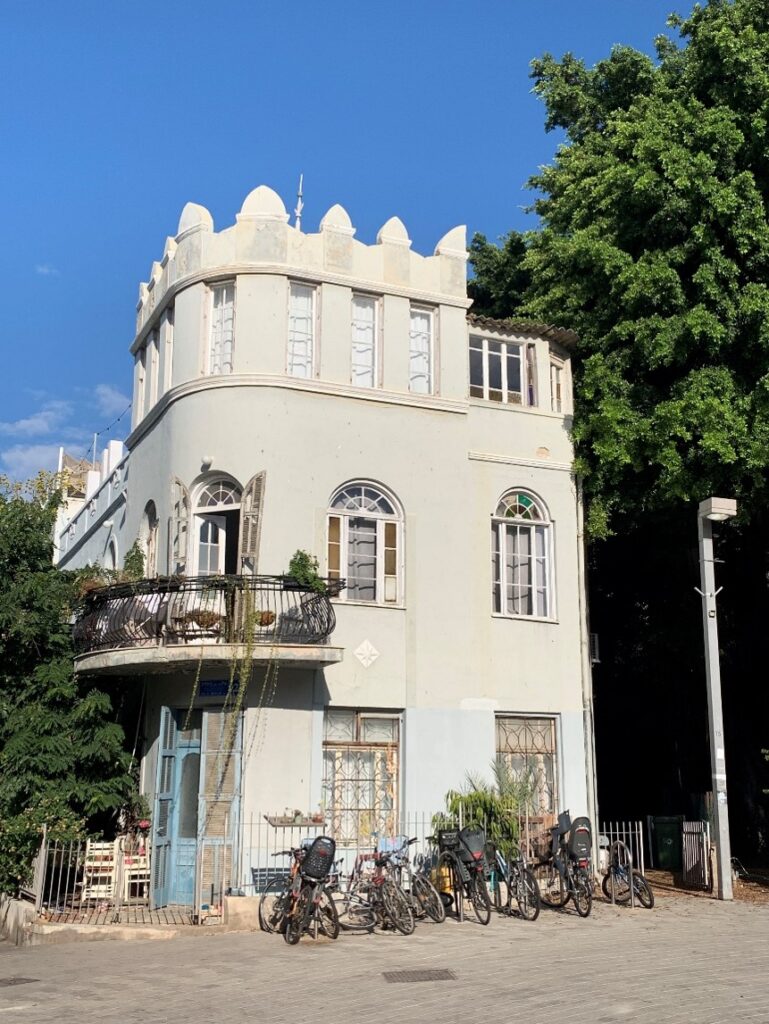
Named after the widely influential Bauhaus school of art, Bauhaus designs are characterized by practicality and minimalism: clean lines, simple shapes, little-to-no decoration, and practical use of materials modernized in the 20th century, such as glass, concrete, and steel. The style’s “form follows function” premise reconceptualized 20th-century art, and was integral to the development of contemporary architecture, mid-century modern design, and Scandinavian minimalism.
We visit “The White City” on Day 3 of our Israel: Timeless Wonders tour – and also take a tour of the Liebling Haus Museum, which promotes architecture, conservation, and urban development. The museum includes a sample Bauhaus apartment that we can walk through.
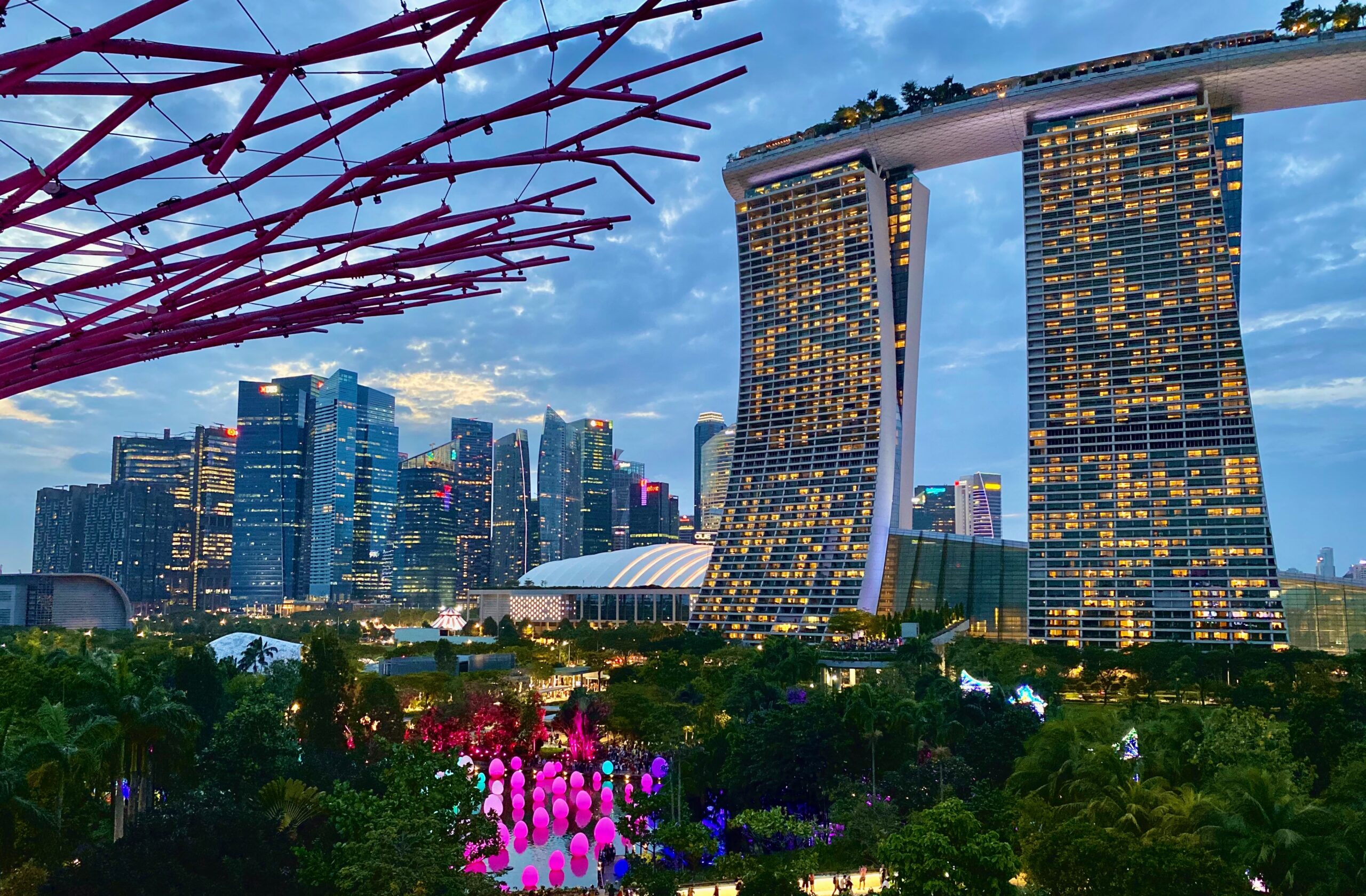
The juxtaposition between the most futuristic high-rise buildings on earth and the colonial shophouses below them make Singapore a must-see destination – but especially for its innovative take on modern, eco-integrated architecture.
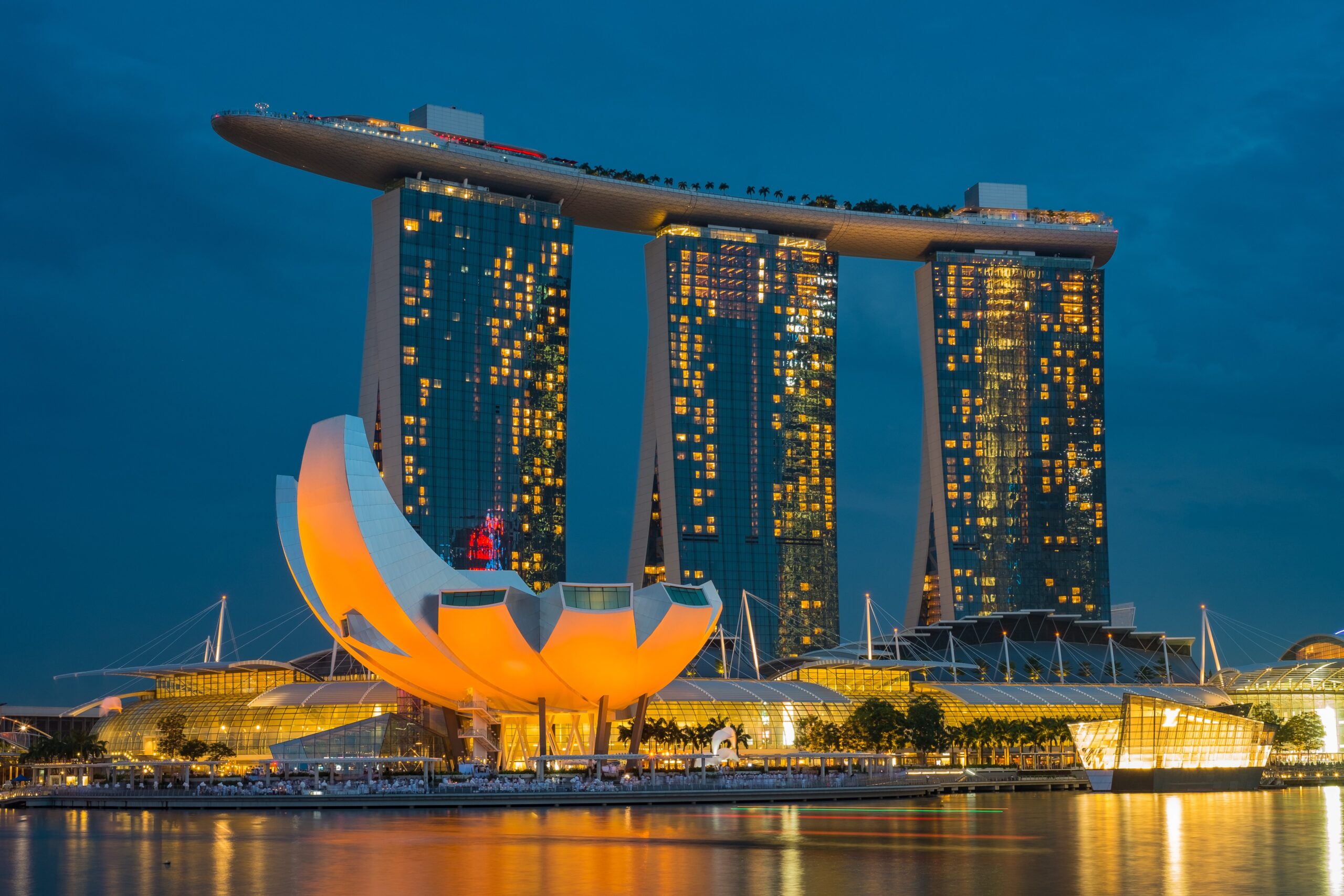
Some of Singapore’s most architecturally significant structures were designed by Israeli-born Moshe Safdie, including the monumental Marina Bay Sands resort (pictured above) with its three identical skyscrapers. On the 57th floor, a garden “skypark” in the shape of an extended yacht acts as a link between the tower trio. Opened in 2010, the structure is now such a recognizable part of Singapore’s skyline that it’d be hard to imagine it without.
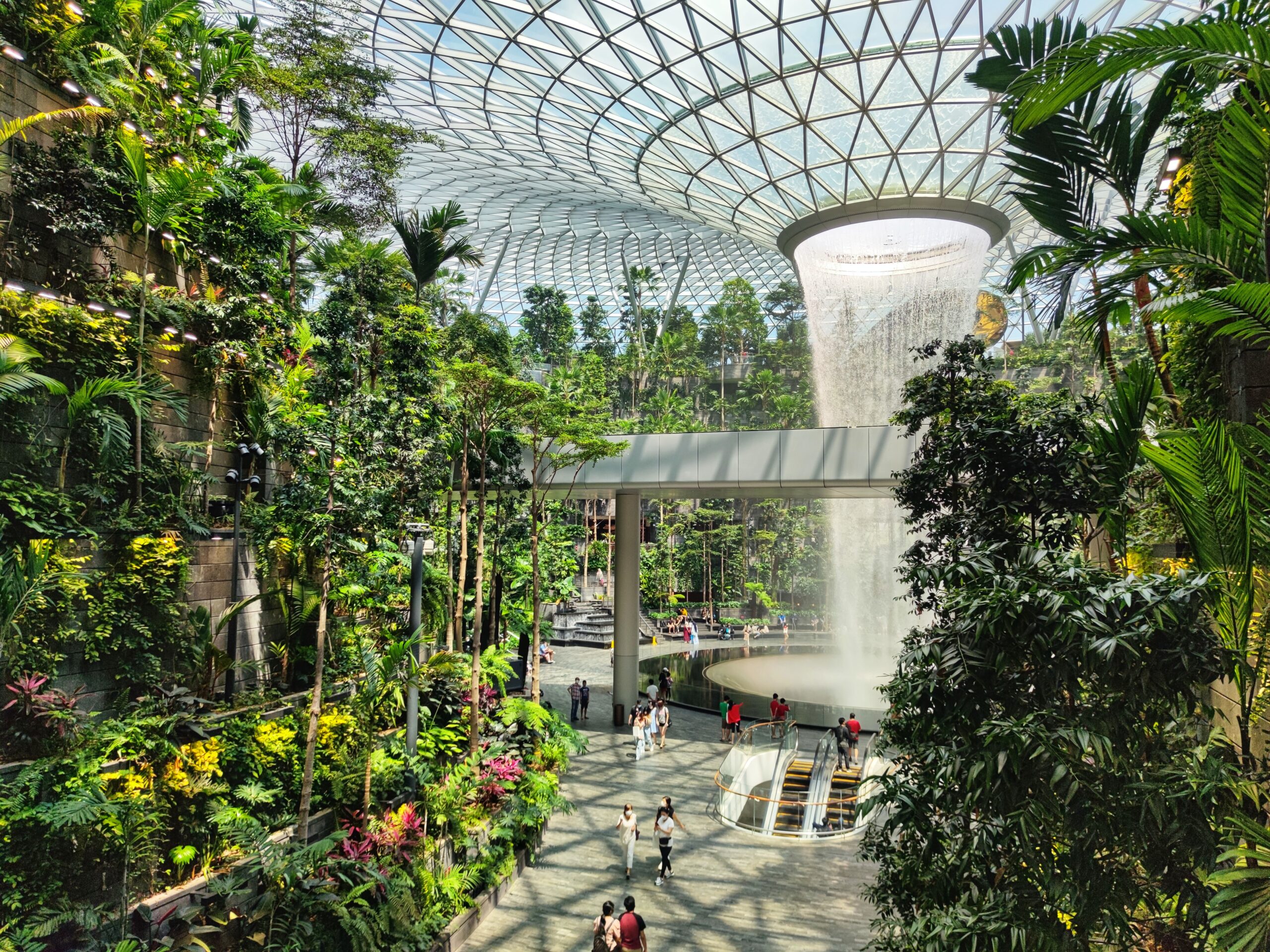
Jewel Changi Airport, a stunning greenhouse-meets-marketplace, is another iconic Singaporean building by Safdie. The structure – a masterpiece of eco-integrated design – connects existing terminals with five levels of greenery, gardens, and shopping, all centered around the largest indoor waterfall in the world. The misty cascade of recycled rainwater falls from the center of the donut-shaped glass ceiling, illuminated by sunlight during the day and sparkling with colorful lights at night.
You can visit Singapore on the optional post-tour extension for our Southeast Asia Odyssey tour.
Wherever your travels take you, we believe your wanderlust can be sated by some of the masterful designs that can be found across the world. And if any of the locations listed here pique your interest, feel free to contact us today to make your reservation on one of our small group tours.
By using this website you are agreeing to our Cookie Policy.